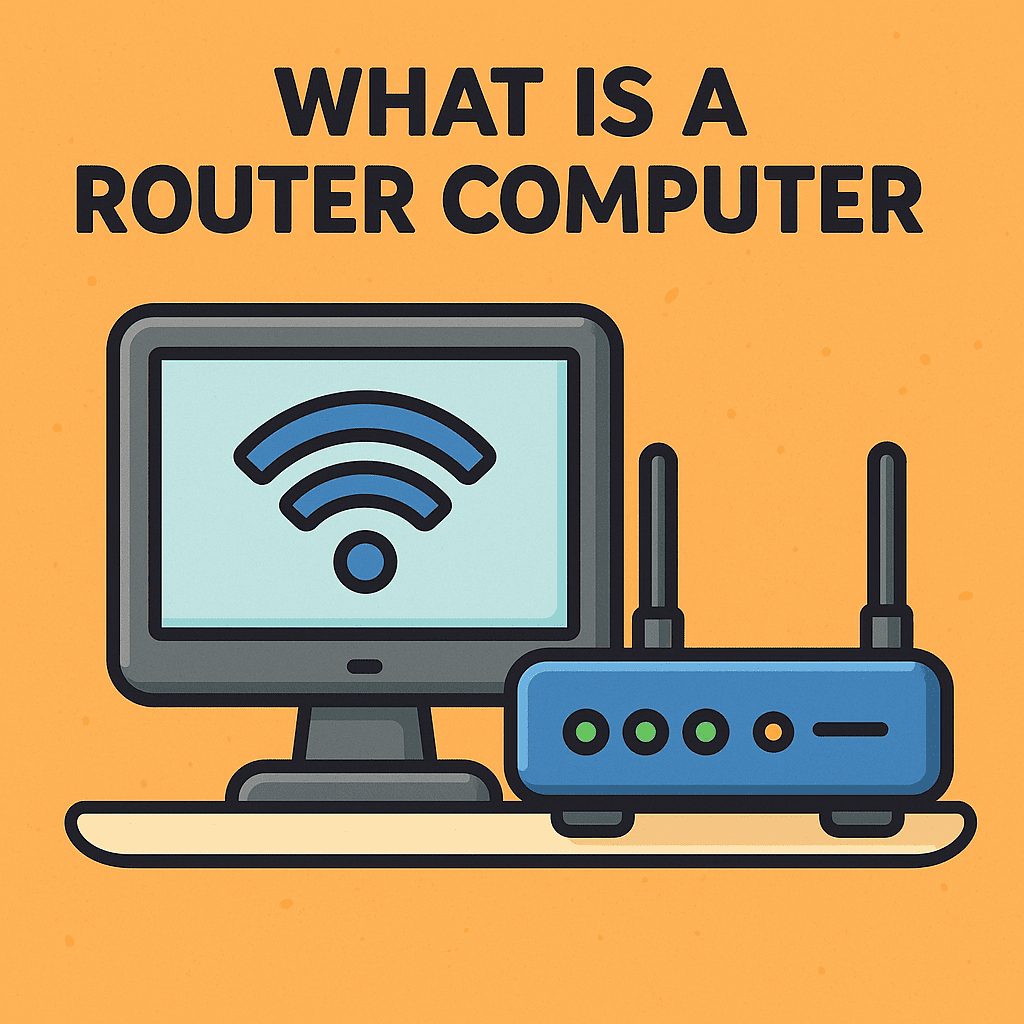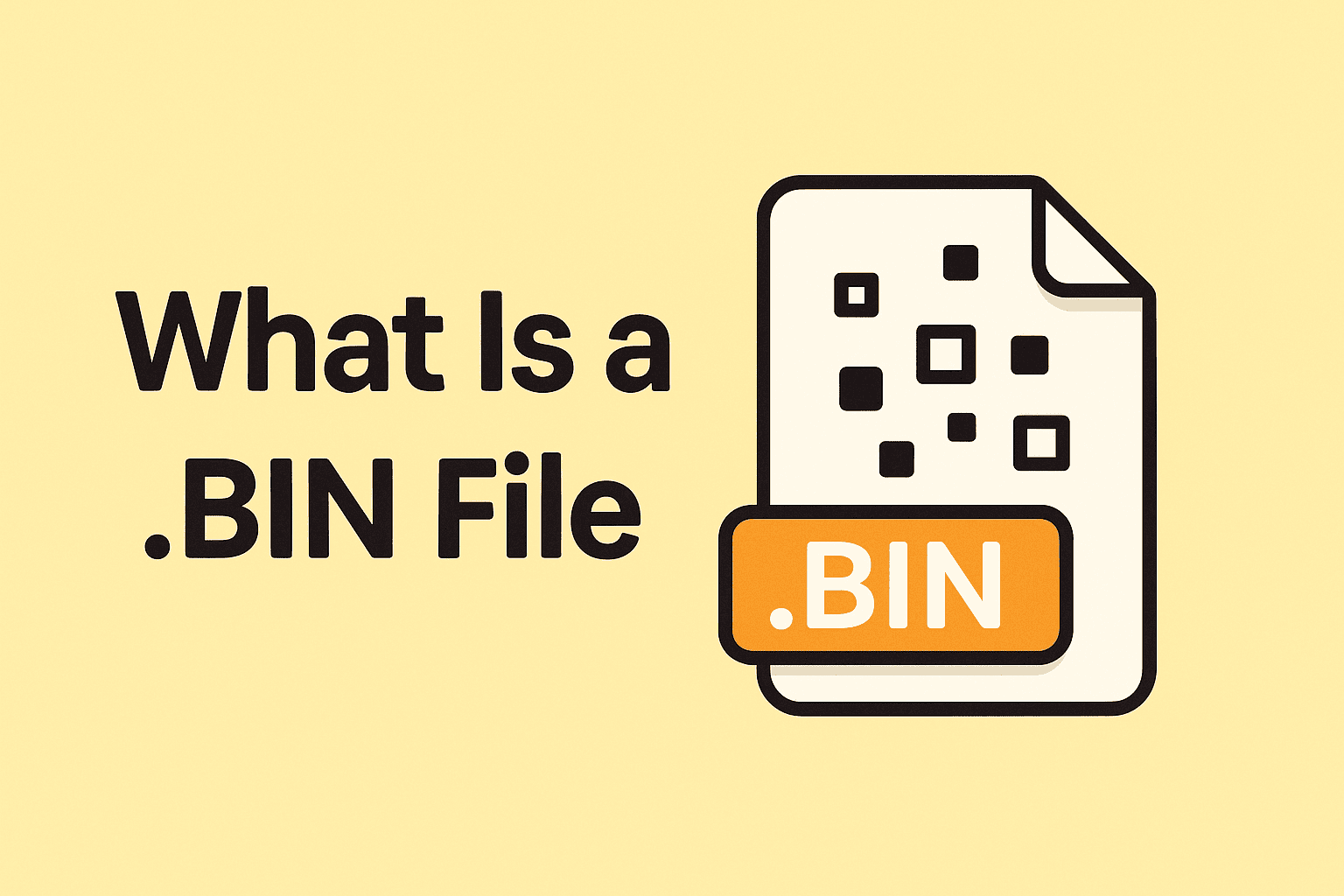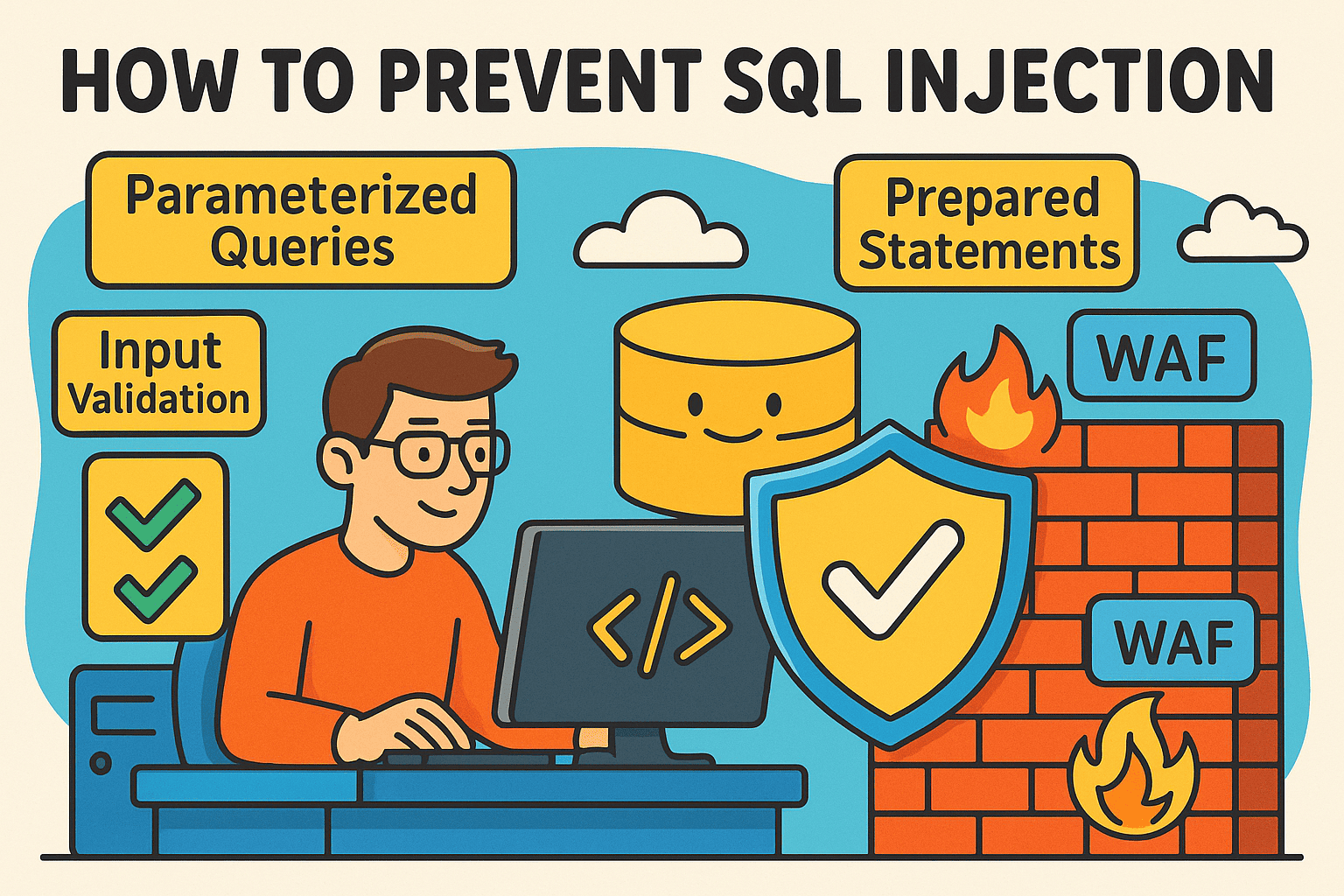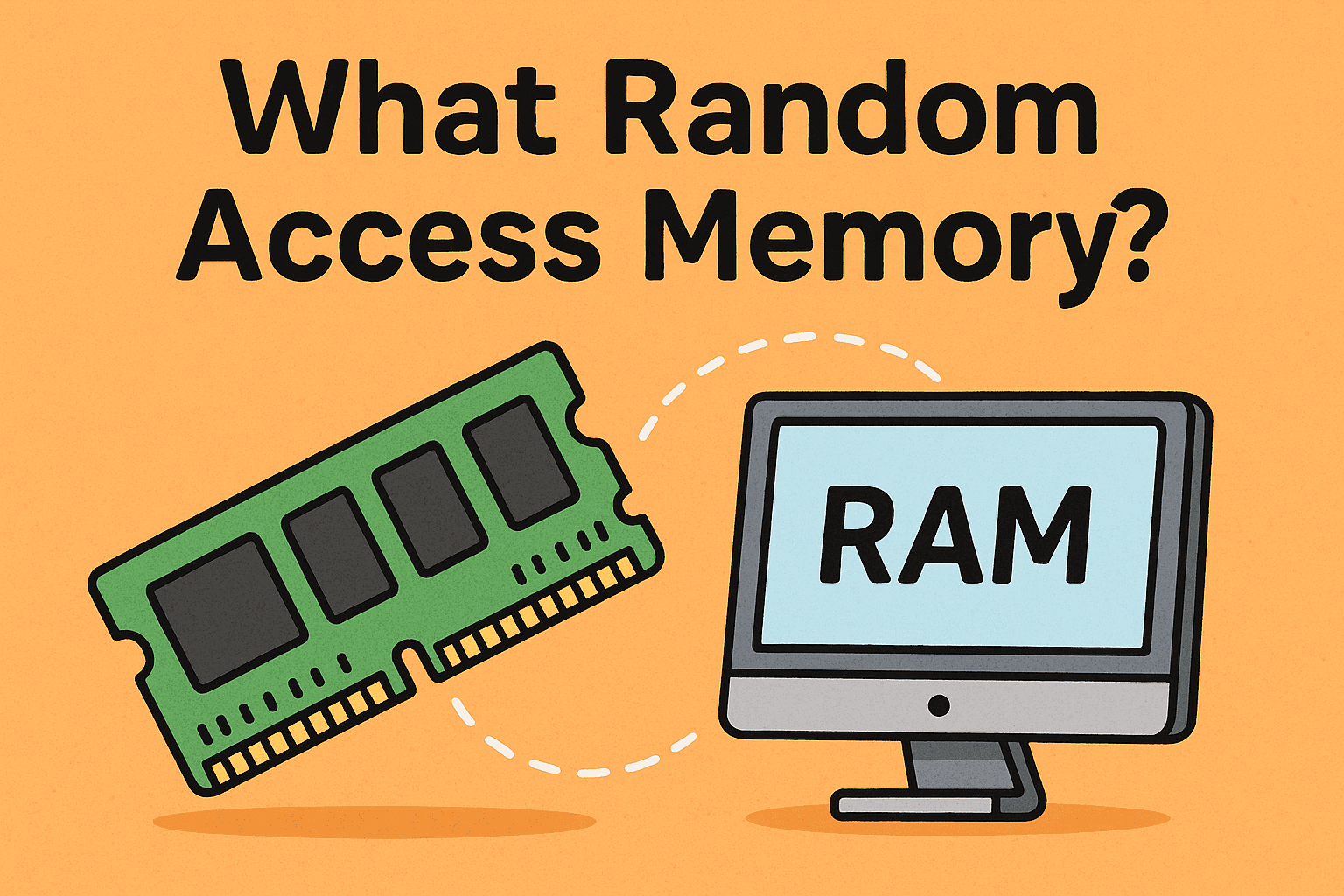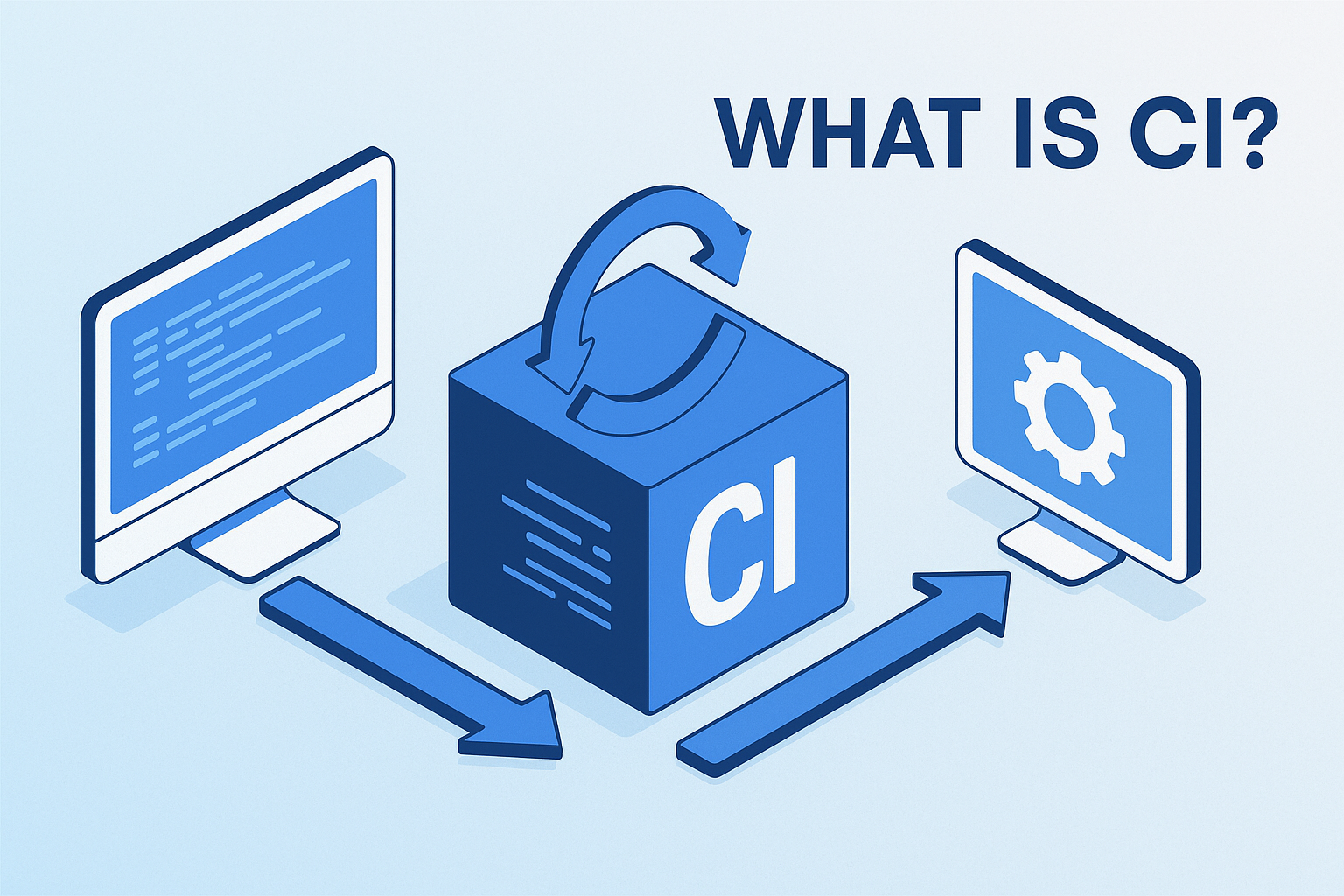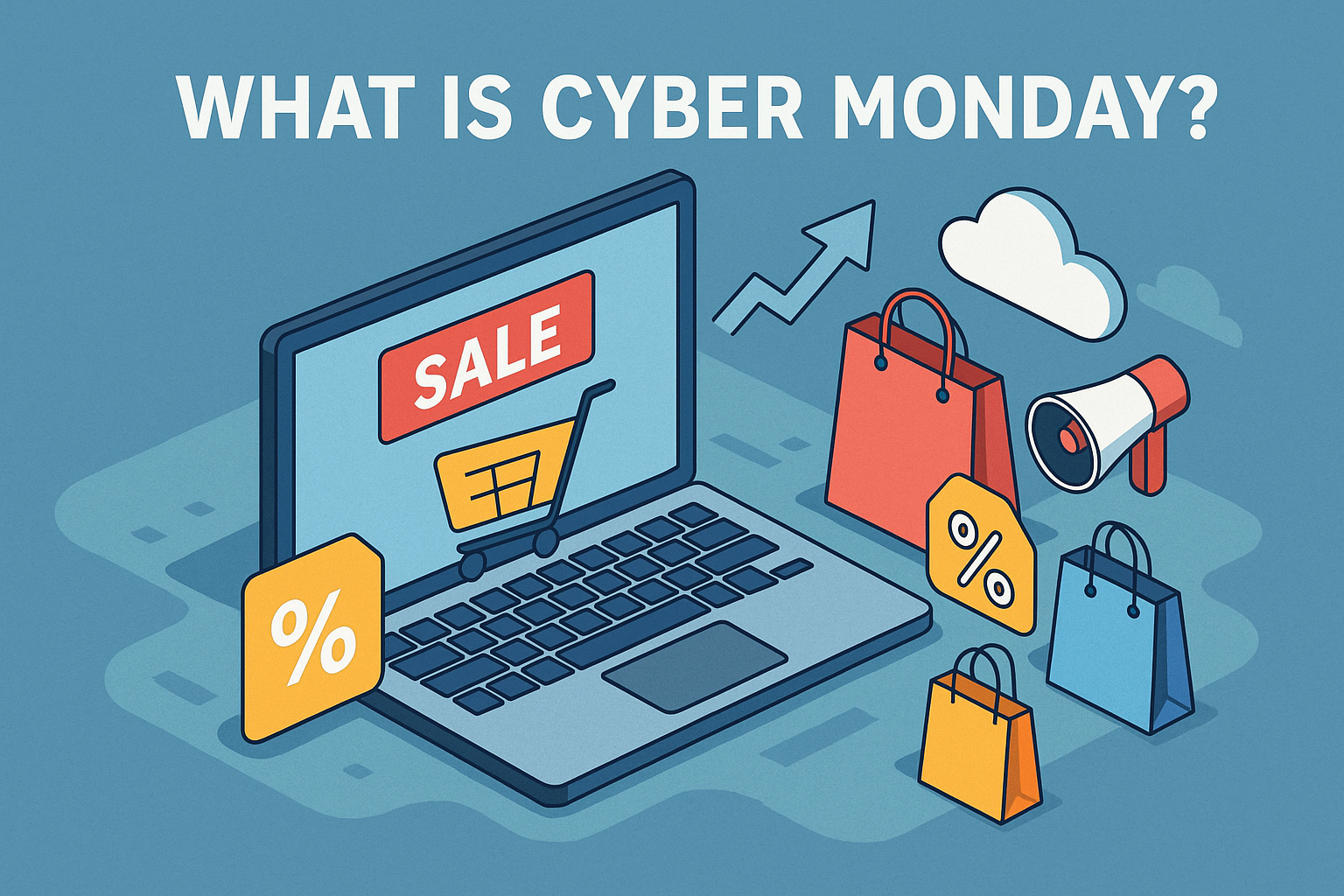Is Spam Just an Annoyance—or a Real Threat?
Updated on June 4, 2025, by Xcitium
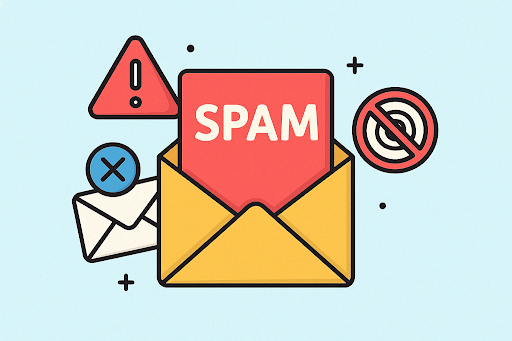
You’ve likely encountered it—those unsolicited emails flooding your inbox with suspicious links, too-good-to-be-true offers, or cryptic messages. But what is spam really? And why should IT managers, cybersecurity teams, and CEOs care about it?
In today’s interconnected business world, spam isn’t just a nuisance—it’s a gateway to email security threats, phishing attacks, malware distribution, and data breaches. Understanding spam is your first line of defense.
Let’s dive deep into the mechanics of spam, its many types, real-life email spam examples, and how to protect your business.
What Is Spam?
Spam refers to unwanted, unsolicited digital messages sent in bulk—usually via email. Its purpose can range from harmless advertising to distributing dangerous malware. While most commonly associated with email, spam can also appear as text messages, social media posts, or comments.
From a cybersecurity standpoint, spam is a serious threat vector. Attackers use it to bypass security filters, deceive recipients, and infiltrate business systems.
Types of Spam Messages
Understanding the types of spam messages is key to identifying and neutralizing them. Here’s a breakdown:
1. Advertising Spam
- Bulk promotions from unknown senders
- Often for shady products, fake services, or scam investments
2. Phishing Emails
- Masquerade as banks, vendors, or employees
- Aim to steal login credentials or sensitive information
3. Malware-Carrying Spam
- Contain malicious attachments or links
- Often disguised as invoices or official documents
4. Spoofed Identity Spam
- Impersonate known contacts or brands
- Appear credible to trick recipients into harmful actions
5. Scam & Fraud Messages
- Involve lottery wins, inheritance claims, or urgent help requests
- Designed to extort money or personal details
6. Botnet Spam
- Sent from infected machines in a botnet
- Harder to trace and often evade standard spam filters
Email Spam Examples: Real-World Scenarios
Let’s look at email spam examples commonly encountered by businesses:
🛑 Fake Invoice Email
- Subject: “Urgent: Payment Overdue – See Attached Invoice”
- Attachment: .zip or .doc with embedded malware
- Outcome: System compromise and ransomware attack
📩 Bank Account Update Request
- Claims to be from your bank
- Links to a fake website to harvest credentials
- Outcome: Financial theft or account takeover
🎁 You’ve Won a Gift Card!
- Promises a $100 Amazon voucher
- Link leads to phishing site or downloads spyware
- Outcome: Personal data exfiltration
👤 CEO Impersonation
- Appears from the CEO requesting a wire transfer
- Urgency creates pressure to bypass protocol
- Outcome: Financial fraud and reputation loss
Why Spam Is More Than Just Junk: The Email Security Threats Behind It
Today’s spam is more dangerous than ever. It serves as a launchpad for sophisticated email security threats, including:
1. Phishing Attacks
Phishing emails look legitimate and lure users into revealing sensitive data. A single click can compromise entire systems.
2. Business Email Compromise (BEC)
Cybercriminals spoof high-level executives and manipulate employees into sending funds or credentials.
3. Ransomware Delivery
Spam emails often contain ransomware hidden in attachments, encrypting files and demanding payment.
4. Credential Harvesting
Many spam campaigns aim to capture employee login credentials—especially for cloud apps and VPNs.
5. Supply Chain Exploits
Spam targeting vendors or partners can give attackers indirect access to your systems.
The Cost of Ignoring Spam
Not taking spam seriously can result in:
- Data breaches
- Legal consequences (GDPR, HIPAA violations)
- Financial loss
- Downtime and productivity hits
- Reputation damage
According to IBM, the average cost of a data breach in 2024 reached $4.45 million—and phishing/spam is a top entry point.
How to Protect Against Spam and Email Threats
Here are actionable strategies IT managers and cybersecurity teams can use:
🔒 1. Use Advanced Spam Filters
Deploy AI-powered email filters that analyze message headers, content, and attachments in real time.
📚 2. Educate Employees
Train staff to recognize and report spam. Create simulations and awareness programs.
🔐 3. Implement Email Authentication (SPF, DKIM, DMARC)
These protocols verify the sender’s legitimacy and prevent domain spoofing.
🧰 4. Deploy Endpoint Protection
Use threat detection tools that scan for malware even after a spam message lands.
🕵️ 5. Monitor and Audit Email Traffic
Set up alerts and review email logs to detect anomalies early.
📵 6. Restrict External Email Links and Attachments
Disable clickable links and auto-downloads in external messages, especially for new domains.
The Role of Threat Intelligence in Combating Spam
Threat intelligence platforms offer real-time data on spam campaigns, suspicious IPs, and emerging phishing tactics. Integration with SIEM and email security tools enables proactive defense.
Industries like finance, healthcare, and critical infrastructure should treat threat intelligence as a mandatory investment.
Key Takeaways for CEOs and Founders
- Spam is not just an IT problem—it’s a business risk.
- Investing in email security protects the brand, clients, and the bottom line.
- Embed cybersecurity into board-level strategy.
Final Thoughts: Turn Email Spam Into a Security Advantage
So, what is spam? It’s far more than annoying emails—it’s a clear and present danger to your business. From malware-laden attachments to CEO impersonation schemes, spam is a vector every organization must defend against.
✅ Action starts now—harden your email defenses, educate your team, and leverage real-time threat intelligence.
👉 Ready to secure your organization? Request a free demo with Xcitium and take control of your email security posture.
Frequently Asked Questions (FAQ)
1. What is spam in cybersecurity?
Spam refers to unsolicited digital messages, usually email, that are sent in bulk. In cybersecurity, it’s often used to deliver threats like malware or phishing attempts.
2. What are the main types of spam messages?
Key types include advertising spam, phishing emails, malware delivery spam, spoofed messages, and fraud-based spam.
3. How can I identify a spam email?
Look for suspicious senders, generic greetings, urgent requests, misspellings, and unknown attachments or links.
4. Are spam emails dangerous?
Yes. They can carry malware, steal credentials, or lead to financial fraud if interacted with.
5. What industries are most at risk from email spam?
Finance, healthcare, manufacturing, and public sectors face high risks due to their sensitive data and critical infrastructure.






